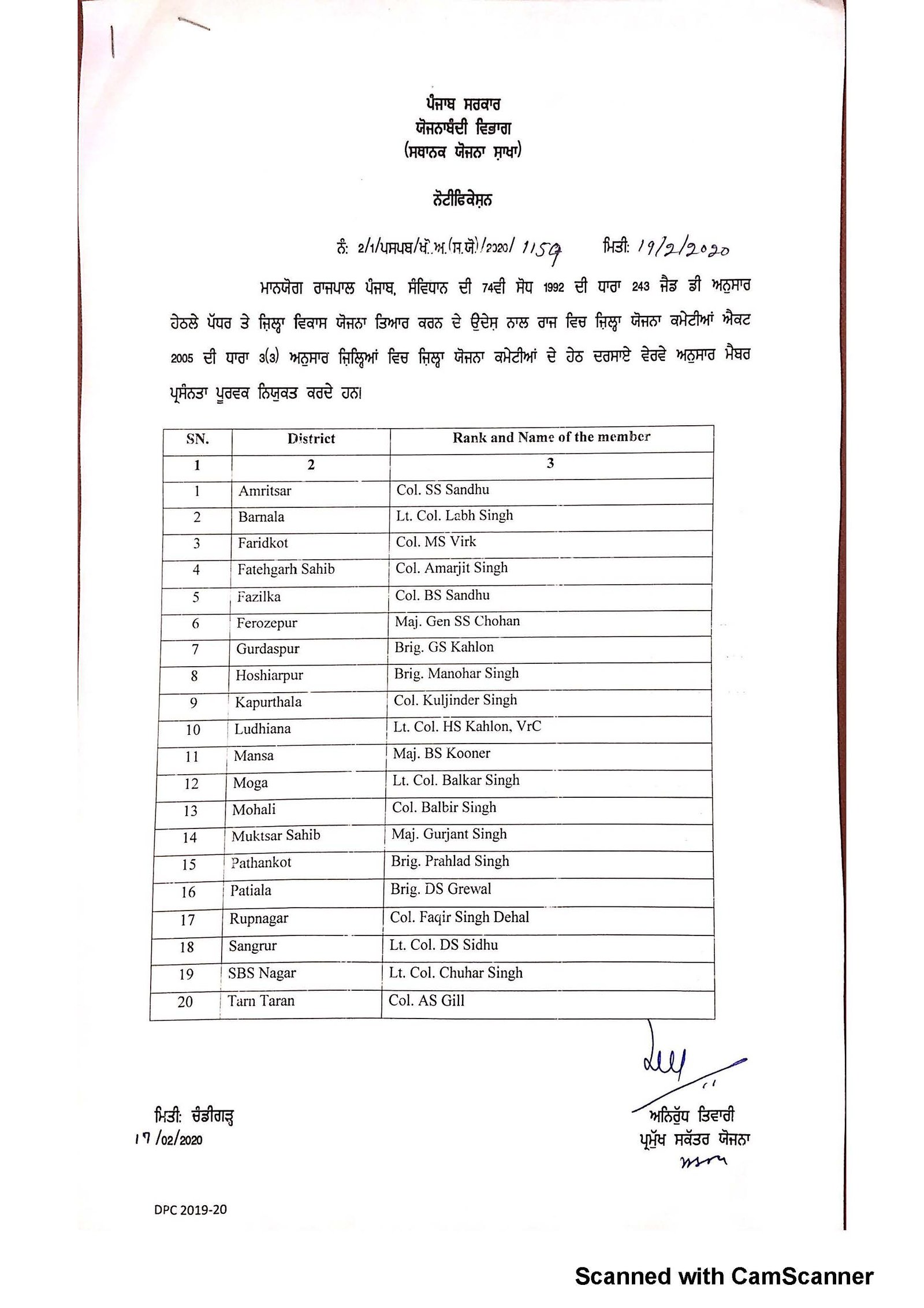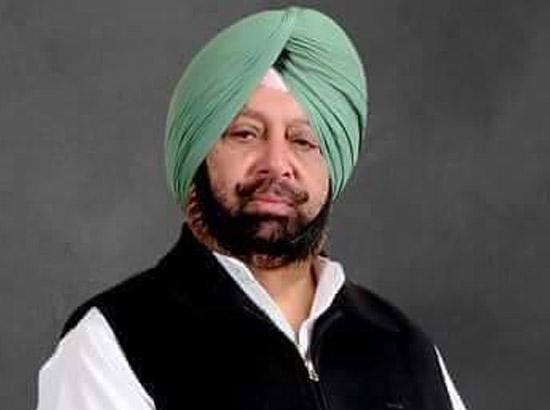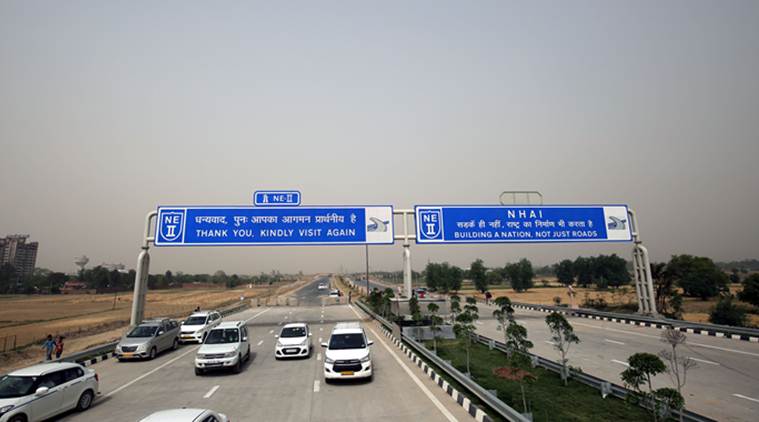The Supreme Court’s decision of February 17, 2020, relating to grant of permanent commission to Women Officers (WOs) has received wide publicity. Elaborating upon the 2010 judgement of the Delhi High Court, as well as consequent policies adopted by the Ministry of Defence as intimated through its letter of February 25, 2019, the Supreme Court has laid down the law with great clarity. With immediate effect, in addition to permanent commissions in ten arms and services of the Indian Army, WOs will also be eligible for ‘command positions’ in their respective units, as applicable to their male counterparts. A perusal of the judgement is educative, and indicates the many twists and turns that this case took to reach its denouement. The verdict will be instrumental in ensuring that regardless of gender, the potential of the best of India’s youth is available for long term use in its Armed Forces. With this judgement, a potentially divisive issue has finally been laid to rest.
The Army is now required to implement the directions of the Supreme Court in right earnest. Given that this particular case impinges equally on the Army’s cadre management, training and human resource (HR) policies, the conduct of operations in the field as well as routine soldiering in peace stations, it is important to analyse just how the decisions of the Court could be implemented and arrive at actions to be taken by the military concurrently. The Army is responsible to ensure that the implications of the judgement are thought through and a holistic road map drawn, to cater not just for WOs who have been consistently high performers but for the others as well. Without being in any manner prescriptive, this commentary attempts to highlight certain important aspects which would be uppermost in the minds of the policymakers.
A glance at the current situation in just two of the 10 arms and services where WOs are currently serving is instructive. Take the case of Army Aviation, where WOs commissioned into aviation and posted to aviation squadrons currently perform duties of an Air Traffic Controller (ATC). These squadrons also have appointments in Logistic and Engineering, separately earmarked for officers from other services, which are often occupied by WOs. While with time the strength of WOs of the aviation cadre in squadrons will surely increase, but commanding an aviation squadron would entail training for the operational role in combat environments, i.e. flying, something that has not been open to them. It is only by gaining the requisite experience as a flyer, in addition to understanding and managing everything that flying operations encompass (including maintenance and administrative aspects), can a WO be found fit to be considered for command. Of course, this would entail putting female aviation volunteers through pilot aptitude and stringent medical tests at the time of commissioning, though the question of what is to be done with those already in service performing non-flying duties, as explained above, would have to be tackled. Though the numbers overall are small, necessary instructions based on a clear road map are required to be formulated in stipulated time frames.
WOs are represented in almost every unit of the Corps of Engineers. After undergoing the Young Officers Course, they perform combat engineering tasks including mine laying and bridging. They are currently eligible to undergo only one long engineering course – either the Bachelor’s engineering degree for non-engineering graduates or a Master’s for those who join as engineering graduates. Despite the induction of WOs into the Engineers approximately 20 years ago, there is not one WO who has qualified to serve in the parachute field company of the Corps, though there is no bar on volunteers. While specific data at the time of writing is not available to this author, it is learnt that nomination by unit commanders for their officers to attend the Bomb Disposal Course, which is open to all, has been generally restricted to male officers. However, WOs do get nominated to attend long survey courses to thereafter serve in map making and similar departments. For ensuring gender balance and to qualify WOs for command of engineer regiments, it is obvious that the anomalies brought out above are analysed and resolved, with the issue of fresh policies (including the motivational) if necessary.
Further, to equip WOs for command, various common courses of instruction for all arms and services, till now the exclusive preserve of males (or with very limited participation of WO volunteers), would have to be opened up. The Junior Command course, a foundational course for subunit commanders, is one such course. Attendance at the Senior Command Course would follow, subject to their meeting common selection criteria. Considering that in India women are known to perform better than men in examinations (in Officers Training Academy or OTA Chennai too, a woman cadet had passed out first in the order of merit once, winning the Sword of Honour), it would be educative to see the performance of WOs some years down the line, vis a vis their male counterparts in the Staff College entrance examinations and subsequently on that course. They would then be eligible to tenant appointments of principal staff in combat brigades and subordinate staff in higher headquarters, doubtless providing value addition. In addition, as brought out earlier, a large number of specialist courses pertaining to respective arms and services would have to be undergone by WOs to ensure that they are fully trained to tenant the Commanding Officer’s appointment.
Another aspect of training is physical training. Amongst all other arms courses, WOs would be equally eligible to attend the physically very high pressure four-week Ghatak commando course. Despite commissions into the infantry, mechanised infantry, armoured corps and artillery not being open to women, the current standards of physical training at OTA Chennai and in the Army, which differentiate between men and women, might have to be reworked. The United Kingdom (UK) approach, brought out in an article published in the UK Defence Journal in September 2018, is illustrative, with the British Army stating that “These new physical fitness standards are objective, measurable, role–related and gender free to ensure Army personnel have the physical capability to meet the necessary force preparation and operational requirements [emphasis added].” While the tests are for personnel in combat roles, the UK is in the process of formulating gender-neutral tests for personnel in non-combat roles as well.
There are certain other policies which would be immediately impacted by the Supreme Court’s decision. Foremost would be the numbers to be recruited. Considering that all appointments have been opened up to women in the 10 arms and services, the Adjutant General in conjunction with the Military Secretary (MS) would have to decide on whether the logic for maintaining the current fixed intake at the academies should remain or be jettisoned, more so when it might turn out that proportionately woman candidates perform equally as well as their male competitors in the selection process. Going hand in hand with this would be the aspect of cadre management. To ensure a level playing field, the MS Branch would be required to post WOs to Rashtriya Rifles and Assam Rifles units.
Training of WOs in counter-insurgency would merit much greater importance. Their numbers posted to other difficult areas in high altitudes too would doubtless increase. This would have to be seen in concert with the management of ‘spouse postings’ – an institutional support mechanism wherein the request for a common place of posting for a married officer couple is examined and granted to the extent feasible, a dynamic issue which takes much time and effort to guarantee satisfaction. This apart from other compassionate issues which couples with one member in uniform would have to make adjustments for. Then, there is the issue of attachments. Currently, male officers of the Services, including Short Service Commissioned officers, are attached to infantry battalions in difficult areas for periods which have varied from one to three years, (durations as per policies in vogue), thereby enabling them to obtain some experience of operational soldiering. All things being equal, this too will be thrown open to WOs. Finally, comes the issue of promotion to select ranks (Colonel and above), where there can be no discrimination based on gender.
The Army is at the cusp of a huge change, with its transformation studies (integrated battle groups, promotion policies of brigadiers, cadre review, etc.), while conceptualising its role in theatre commands. It has to concurrently manage the matter of WOs as seamlessly as possible. Success in this venture is predicated squarely on the mindsets of the seniors in charge and the WO community. There cannot afford to be any foot dragging in implementation or shouts of victimisation from any side, as the operational effectiveness of India’s finest institution should not be impacted at any cost.
The final word might well go to British Field Army Sergeant Major Gavin Paton, quoted in the UK Defence Journal article referred to earlier as saying: I don’t care if you are a man or a woman, I don’t care what you do, and the enemy doesn’t either.
Maj. Gen. Alok Deb, SM, VSM (Retd.) is a Kargil Veteran and former Deputy Director General of the Institute for Defence Studies and Analyses, New Delhi.
Maj Gen Alok Deb, SM, VSM (Retired) was Deputy Director General at the Institute for Defence Studies and Analyses (IDSA).
Views expressed are of the author and do not necessarily reflect the views of the IDSA or of the Government of India.



























































































































